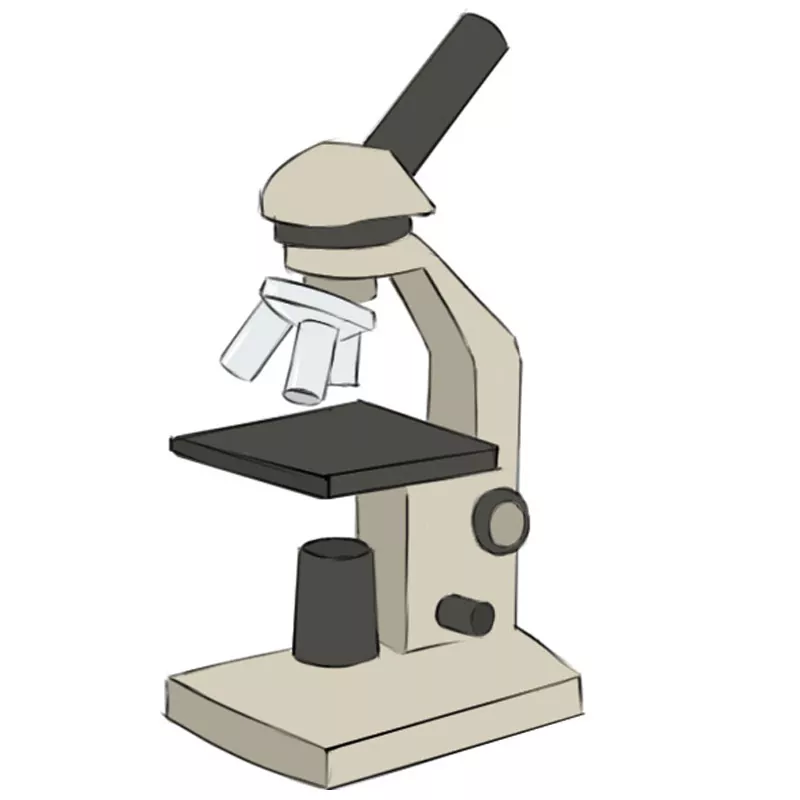Sketch Microscope Drawing
Have you ever taken a close look at the world around you? No, we don't just mean giving your surroundings a quick glance - we mean really examining and understanding things at a microscopic level. It's amazing what you can see and learn, and one tool that can help you do just that is a microscope.
A microscope is an instrument used to magnify and view objects that are too small to see with the naked eye. It's used in many fields, from science and medicine to art and manufacturing, and has helped us discover and understand countless things that would have otherwise remained hidden.
There are different types of microscopes, but they all work by using a combination of lenses to magnify the object being observed. The lenses are arranged in a way that allows the user to adjust the focus and see the object in incredible detail.
If you're interested in exploring the microscopic world, here are some tips to help you get started:
How to Use a Microscope
1. Start by preparing your sample. This can be anything from a drop of water to a thin slice of tissue. Make sure the sample is clean and dry before placing it on the microscope slide.
2. Place the sample on the slide, and add a drop of water or stain if necessary. This will help the sample stand out and make it easier to observe.
3. Adjust the focus. Use the coarse focus knob to roughly focus on the object, then fine-tune with the fine focus knob. Move the slide around to find the best view.
4. Adjust the lighting. Microscopes have different lighting options, so find the one that works best for your sample. You can adjust the brightness or angle of the light to get a better view.
5. Use the magnification. Most microscopes have several magnification options, ranging from low to high. Start with the lowest magnification and work your way up if necessary.
6. Take notes. Record your observations in a notebook or on camera, paying attention to details like shape, color, and texture.
7. Clean up. When you're finished using the microscope, turn off the light and carefully remove the slide. Wipe the lenses with lens paper or a clean cloth, and store the microscope according to the manufacturer's instructions.
Tips for Using a Microscope
1. Keep the microscope clean. Dust and debris can affect the quality of your view, so make sure to clean the lenses and any other parts that may collect dirt.
2. Use a cover slip. A cover slip is a thin piece of glass that covers your sample, protecting it from damage and helping to keep it in place.
3. Be patient. It can take time to adjust the focus and find the best view, so don't get frustrated if it takes a while. Take breaks if you need to.
4. Experiment with different samples. Try looking at different types of cells, organisms, or materials to see how they look under the microscope.
5. Learn the parts of the microscope. Knowing the different parts and how they work can help you use the microscope more effectively.
6. Have fun! Exploring the microscopic world can be a fascinating and rewarding experience, so enjoy the process and don't be afraid to ask for help if you need it.
Whether you're a scientist, student, or curious amateur, a microscope can be a valuable tool for exploring the world around us. So why not give it a try and see what you discover?

Post a Comment for "Sketch Microscope Drawing"